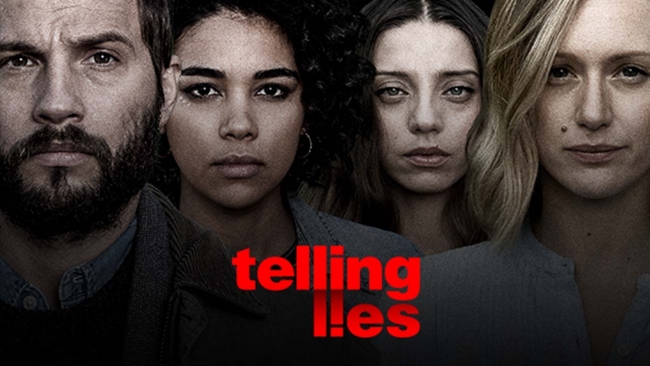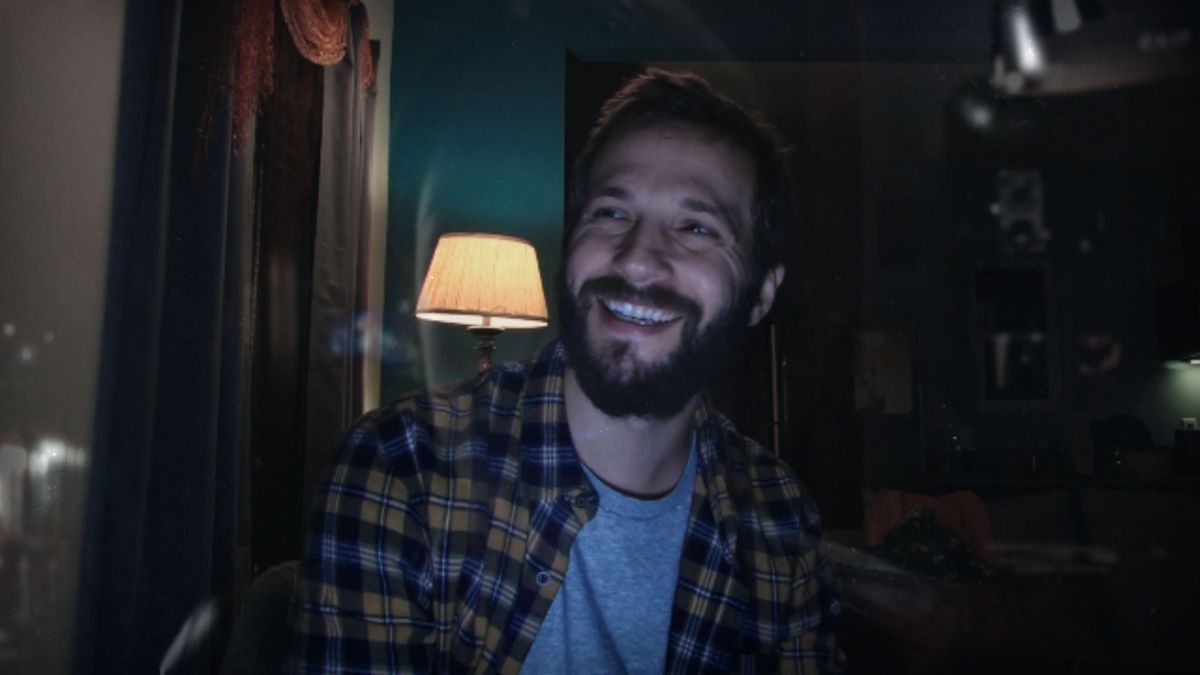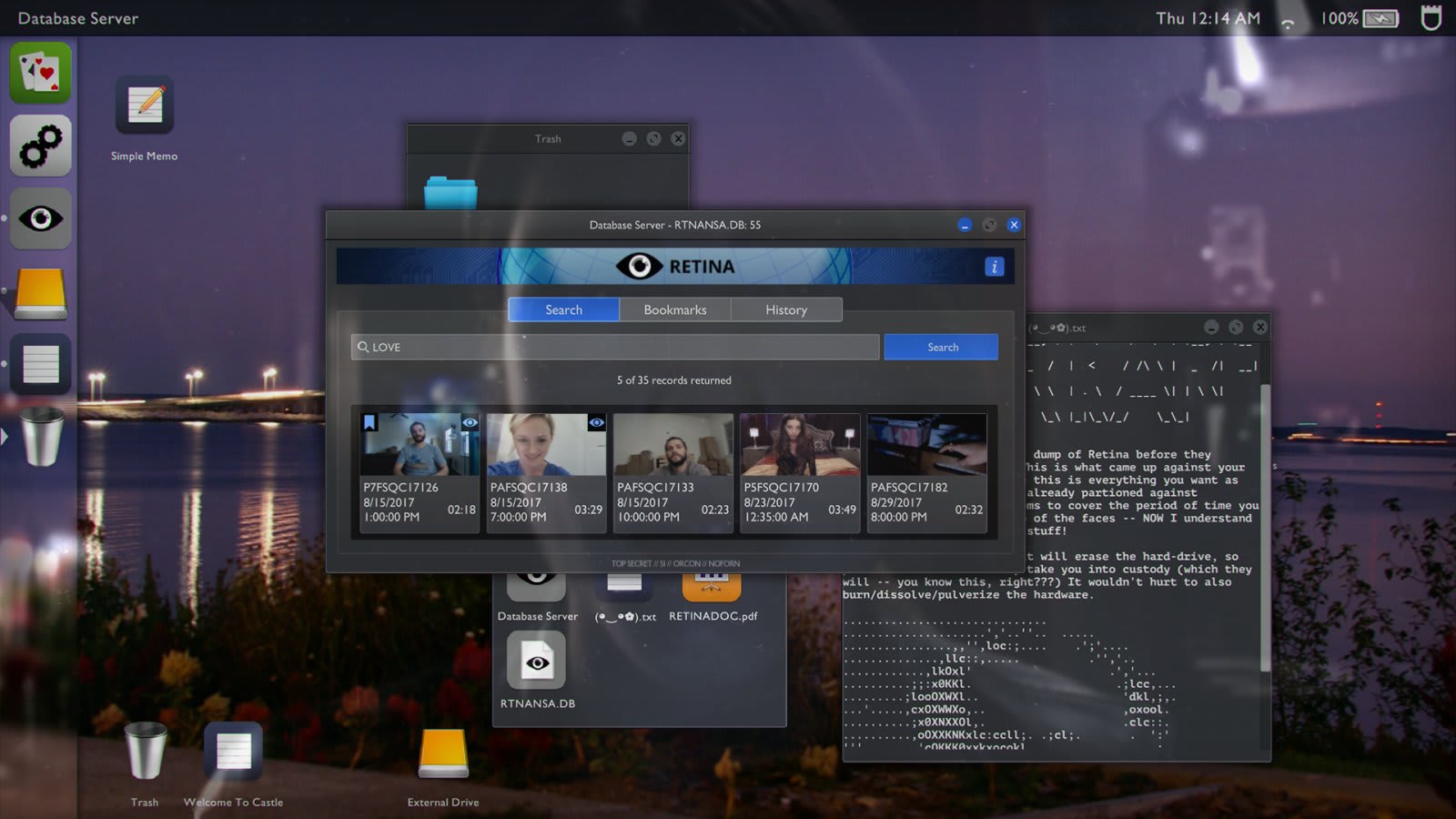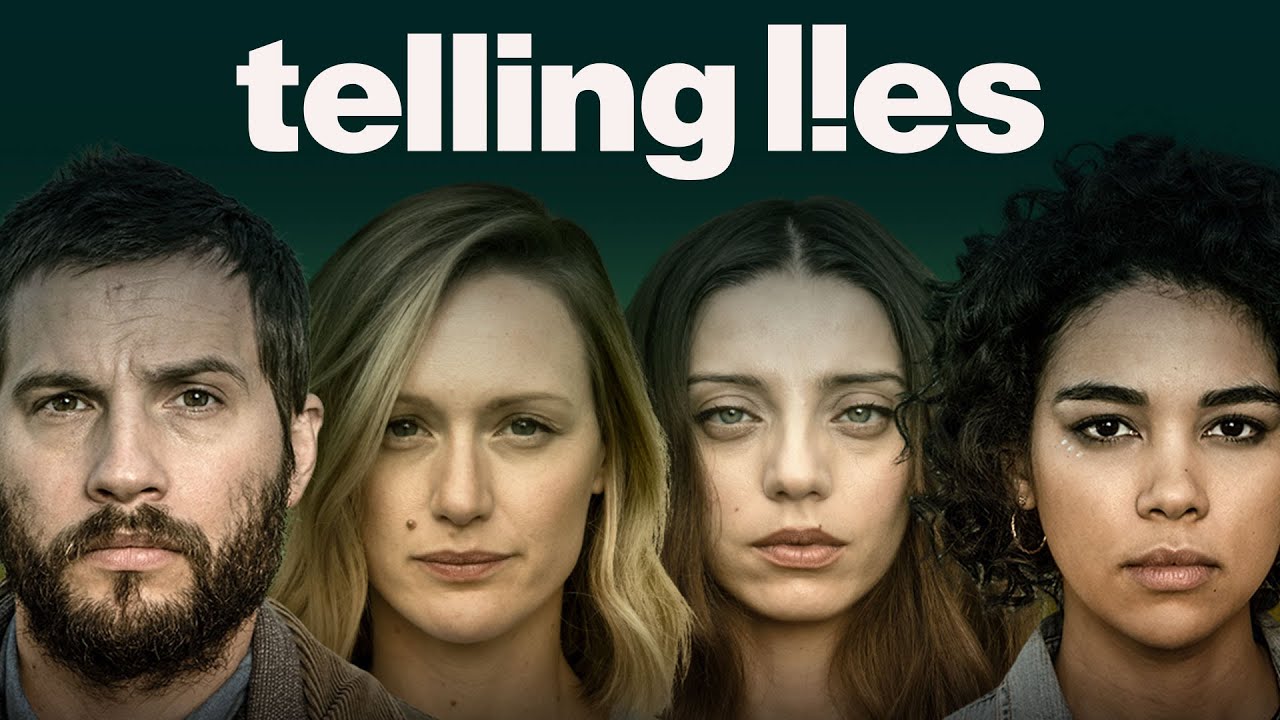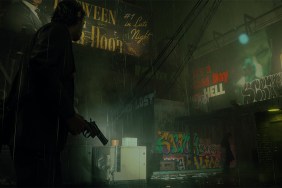Recently released for PS4, Telling Lies sees players digging through a bunch of video files in an attempt to sort out the characters’ stories, connections, and who is lying about what. All of the videos are filmed with real actors, increasing the emotion of each scene and investing players in searching through the library of files to uncover the mysteries hidden within. Telling Lies is by Sam Barlow, known for his previous work on Her Story, which followed a similar formula, utilizing real video as players were given the freedom to search through files and pursue the narrative in their own way.
After finishing our review of Telling Lies on PS4 last month, we had an opportunity to ask Sam Barlow a few questions about the experience now that it is available for more players. While we tried to keep things mostly spoiler-free in terms of the story, be aware that some of the questions and answers do delve into broader experiential spoilers if you have yet to play the game.
PlayStation LifeStyle: Hi Sam, and thank you for taking the time to answer a few of our questions! As PlayStation players, the PlayStation LifeStyle audience largely didn’t get to experience your past work with Her Story, which wasn’t available on consoles. What made you want to bring Telling Lies to a wider audience? How does putting the experience on a console change up some of the more “meta” immersion around the game taking place inside a computer screen?
Sam Barlow: The exciting thing with Her Story was that it really discovered a new audience for these kinds of games. It was really gratifying to see there was a big audience out there, and a varied one — gamers, non-gamers, lapsed gamers alike. And so I’ve been looking to expand that further with Telling Lies, bring more people to the party. So putting the game on console and getting into living rooms was a big goal. From the start we had in mind that we wanted to be on PS4.
The part that was most surprising was how much the living room experience enhances aspects of the game. Each platform brings something different. So on phone, you have the fact that the device you’re playing on is the device you use to facetime those close to you, so you have that weird intensity. On computer, you have the fact that you’re in exactly the same position as the protagonist, there’s that direct way you can inhabit the situation. But on PS4, the thing that was very cool when we first got it up and running was that you have the characters on screen, pretty much life-size, peering out the TV and talking directly to you. The whole game is about looking into these domestic spaces, living rooms, bedrooms, etc — and here’s the game in your living room, a window into this other living room. It feels intimate in a whole new way. It really enhances the ‘real-time’ feel of the pacing, the way we shot it unedited, and the performance gets to shine.
And being able to sink back into a sofa and play with a controller, that relaxed way of playing really suits the pace of the game. It also makes it easier to play with your partner or friends, and share the experience.
PSLS: Telling Lies has a number of threads that can be pulled in different ways by different players. Is it hard writing a story knowing that everyone will experience it so differently, sometimes not even encountering certain narrative beats at all?
Barlow: We approach it as a sculpture of sorts — you have to make sure it works from all angles, but the point is to let people take it in in their own way. Every little piece of the story contains echoes of the others, threads that tie them together, so you’re working to make sure it does connect in that way. Perhaps the most exciting part is thinking of it so that rather than people ‘missing bits’, it’s an experience where people get to ‘find bits’ that are special to them.
PSLS: There are a number of overarching themes in Telling Lies (contextual perspective, voyeurism, data privacy) as well as the more localized themes central to the story we are peeking at (love, lies, identity, activism, etc.). Are there any thematic undercurrents that may not be blatantly obvious woven into Telling Lies’ unique puzzle?
Barlow: I think the lightest touch in this is the idea that we can link the specific evils we are dealing with in the game back to the original sin of colonialism. That came out of locating the game in the U.S. and digging back into the various government agencies involved, thinking about the different ways in which people attempt to control others. I also think the identity of the game’s true villain in something that is at the heart of many of the game’s ideas. So players should ask themselves who exactly that is!
PSLS: The cast of Telling Lies is full of some notable names within film. What was their reaction to bringing their talents to a highly unique take on interactive entertainment?
Barlow: Everyone came on after reading the script and understanding a little of how we were going to film it — the idea of having so much work to do with each individual character, and shooting in a way that was perhaps closer to theater than TV or film. Those were the hooks. But most of the cast (and crew!) didn’t 100% get how the end product was going to work — or want or need to! They trusted me that this was going to be an interesting game at the end of it all, but their focus was on the characters. And that was the draw — they got to do some fairly pure character work without many of the distractions or formalities that they might otherwise be used to.
I remember on the day of launch how excited the cast were to jump on Twitch and watch people playing, see gamers around the world piecing it together. With TV or film, they don’t get to watch their audience in quite the same way. That was when it really clicked for them how the game worked, how unique each player’s experience was.
PSLS: When filming the various clips, did you record both sides of the conversations simultaneously to generate more realistic reactions and emotions? Any interesting stories from production during the filming of any scenes?
Barlow: Yeah, we had two sets running simultaneously, both wired up to each other so the actors could see each other and work together. It was very important to me that we make it as real as possible for the actors, so the energy was right, so the body language with how you’d make these video calls was correct. The hardest part was for me — I’d be somewhere between the two locations in video-village and if I had some direction I’d sprint over to one set, then maybe dash over to the opposite set. There’s a rule that you don’t run on a film set so I’d have to look out for PAs as I ran around. It’s also worth remembering that a setup like this, where the actors are both wired up so they can hear each other in their different locations, you essentially have an open mike on each set… it was amazing some of the stuff the actors would pick up and overhear!
PSLS: Are there any individual clips that were written to be intentional red herrings or misdirection? How much of the story did the cast know while filming?
Barlow: Not on my part! I think the hope was that you have enough characters who are bringing their own back story with them into each scene and are consciously or unconsciously presenting themselves a certain way — so the ‘misdirection’ kind of happens organically.
The cast had all read the script, so they knew what was up generally. But once we were shooting we tried to keep it pretty true to what each character knew. There was a lot of work done to ensure all the timelines made sense, to help the actors understand what was happening in the character’s lives outside the scenes we shot. Shooting on the different sets really helped with that emotionally, the different characters were pretty siloed — for example, Angela was very isolated, working apart from the rest of the cast over on her set and that played to the reality of her character. When we’d wrapped and let the actors wander over into each other’s worlds it felt pretty weird for them to intrude in each other’s spaces!
PSLS: What’s the process of taking a completed narrative and turning it into a non-descript database of seemingly random clips? Does the writing happen with the disparate clips in mind, or do the parts and pieces get created afterward, once you know the full extent of the story yourself?
Barlow: Yeah, the story comes first. Then you ask, “When and where do we get to see the characters? When are they online?” and that becomes a tool to shape things. Some events, you know, it doesn’t make sense to see them on camera, so you have to look to see the ripples those events create, how they’re going to be captured when the characters are on camera.
PSLS: What came first: the idea of the voyeuristic “big brother” entity spying on our most private moments or David’s story and interactions with others in his life? How did those two ideas become linked to where you landed on what Telling Lies ultimately is?
Barlow: If I remember correctly, I was first interested in David’s story — how to tell that story and give weight to the victims’ POV. But I didn’t have a good angle on how that would come together. Then in the wake of Snowden, etc. there was this new way in which our privacy was being eroded. It came together from there — the idea of the digital surveillance meshing with this other story. After Her Story I was thinking about building on the intimacy of that game, pushing the idea of more exploratory, non-cinematic video — and that sparked with these ideas.
PSLS: Having been out since last year, have you had any players with surprising interpretations or ways of interacting with Telling Lies’ narrative that you didn’t foresee when you made the game?
Barlow: I think the surprise was the number of people who got it and dug into a lot of the layers and details we put in there! You make something and never really know if it’s going to be what you think it is. So it was gratifying to see people come out with the same feeling I had going in. Actually, one outlier was seeing some people take the solitaire game really seriously — we tried hard to dissuade them, but people love their solitaire!
PSLS: You’ve pioneered the combination of real emotive acting present in filmmaking with the unique interactivity of games in ways that other simpler “choice-based” FMV games haven’t yet explored. How do you see the evolution of the genre moving forward as technological capabilities advance, both in filmmaking and game development?
Barlow: There’s exciting stuff that we’re doing here because of how much content we can now store — the idea of really ‘exploring’ a story. I think we’re only going to be able to do more of that and embrace the idea of giving players/viewers freedom to really tread their own path through things. And with more power and flexibility we can do interesting things in terms of real-time manipulation and compositing, etc. There’s something fascinating about finding ways to make ‘watching’ experiences more expressive.
PSLS: On that note, are you already working on your next idea? Can you give us any hints about what narrative and themes you might be exploring next? Any threads we can start pulling on?
Barlow: It’s a horror project. It’s more cinematic! It’s complicated! I’m really enjoying getting to play in this sandbox again — I love how with horror you can take the internal and subjective and make it real. It’s telling a story I’ve wanted to tell for a long time, but only felt doable once we’d pulled off Telling Lies!
